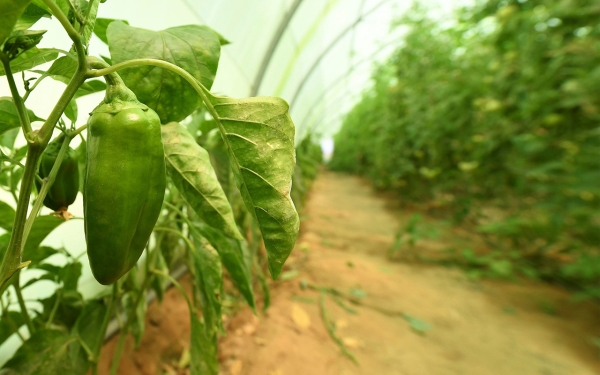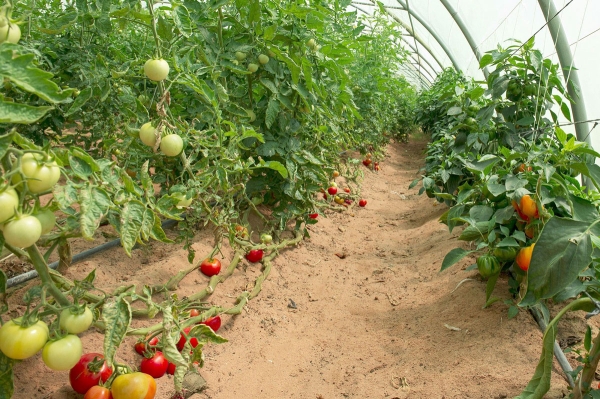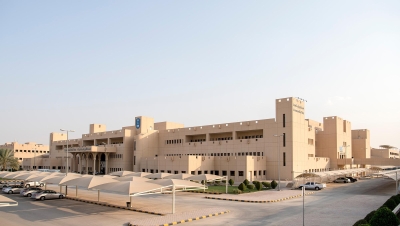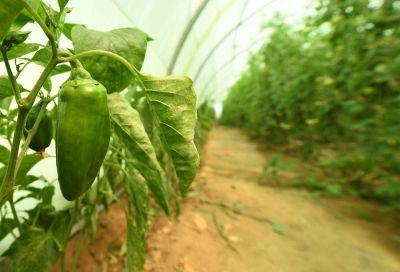


Vegetable Cultivation in the Kingdom of Saudi Arabia is widespread across various provinces of the Kingdom, with different types cultivated according to each area's climate, planting seasons, and the vegetables' tolerance to heat and cold. There are winter and summer crops, as well as hydroponic farming, greenhouse farming, organic farming, and traditional farming in open fields.
The Kingdom produces agricultural crops in various provinces, depending on the climate and soil type suitable for each area. In 2022, the total production of vegetables in open fields was approximately 2,372,779 t, while the production of vegetables in greenhouses reached about 677,551 t.
Traditional vegetable cultivation in the Kingdom
Vegetable cultivation in the Kingdom using traditional methods in open fields is typically done in provinces with moderate climates, primarily in the Arabian Shield area in the west and southwest of the Kingdom. These areas include Jazan, Aseer, al-Bahah, and Makkah al-Mukarramah, as they rely on renewable water sources for irrigation, and accordingly conserve water. The Ministry of Environment, Water, and Agriculture allows farmers in these provinces to export their vegetable crops under certain conditions.
Jazan Province is a vital contributor to agricultural development in the Kingdom, thanks to its essential farming resources. These include fertile soil, a suitable climate for cultivating hundreds of tree species, and the availability of fresh groundwater and rainfall. These factors enable farmers to create an agricultural environment for crops with ease and minimal costs. Additionally, the region boasts expansive agricultural land, covering about 2,088,700 dunam, distributed across fertile clay lands near or along river courses. Being irrigated by seasonal floods from rivers and rainfall, these lands are highly fertile.
Jazan also includes yellow agricultural lands, where locals rely on rainfall and well water for cultivation. Additionally, there are sandy soil farmlands near the coasts, which depend on rainwater and seasonal floods for irrigation. The province is typically suitable for growing millet. The land on the mountain slopes is cultivated in the form of agricultural terraces irrigated by rainwater. The province is known for producing tomatoes, eggplants, peppers, cucumbers, melons, watermelons, pumpkins, okra, and leafy vegetables such as jute mallow, radishes, and arugula.
Hydroponic vegetable farming in the Kingdom
The Ministry of Environment, Water, and Agriculture encourages the use of modern systems that help reduce water waste and energy costs in the production of fish and vegetables. This includes a closed-loop seawater system that is fully relied upon for agriculture, along with cooling systems in greenhouses that do not use any additional water. These methods include (hydroponic) farming and (aquaponics), an integrated system between fish and plants. Tomatoes, green peppers, lettuce, mint, and basil have been successfully produced using these techniques.
Through hydroponic farming projects, the ministry aims to utilize Red Sea water for food production and to encourage investors to adopt modern energy and water-saving technologies. The Kingdom is one of the first countries in the region to successfully establish these projects, which enhance agricultural development in coastal areas.
Greenhouse farming in the Kingdom
Since 1969, vegetable farmers in the Kingdom have adopted both cooled and uncooled greenhouse farming. This method has significantly advanced agriculture, improving crop quality and yield. Tomatoes and cucumbers account for about 58 percent of the greenhouse cultivation area. The goals of this type of farming include producing healthy and safe crops, growing certain crops out of season, extending the growing season, and supporting specialized agriculture such as organic farming. Additionally, it helps protect crops from adverse weather conditions and agricultural pests.
Qassim Province is one of the most important areas for greenhouse farming in the Kingdom, housing over 14,627 greenhouses. These greenhouses produce 115,747 t of agricultural products, including vegetables such as tomatoes, cucumbers, eggplants, zucchini, beans, onions, mint, parsley, and lettuce. In addition to vegetables, the province's farms also produce fruits.
Organic agriculture in the Kingdom
Organic agriculture relies on a closed agricultural cycle, where crop residues, animal manure, and green manure are recycled back into the soil, excluding chemically manufactured fertilizers and pesticides.
Organic agriculture is a production management system that encourages and enhances the sustainability of agricultural ecosystems, the production of healthy food, and the conservation of natural resources. It focuses on using on-farm inputs and promotes biological processes to increase the availability of natural nutrients. Soil is the central component of the organic farming system, with the aim of maximizing its fertility and maintaining its vitality and health over the long term.
Government interest in the Kingdom in transitioning to organic agriculture began in 2005. This effort involved commissioning an international company specializing in development issues to conduct studies to support and develop the organic farming sector in the Kingdom. Subsequently, governmental structures were established to expand organic production and provide supporting services to further advance and develop this sector.
In 2022, organic agriculture in the Kingdom experienced significant growth and development. The total area cultivated organically reached 23,315 ha, with 512 organic farms producing a total of 95,298 t of organic plant products.
Related quizzes

